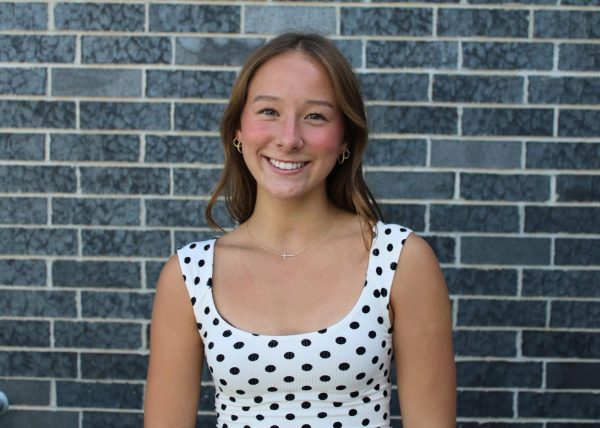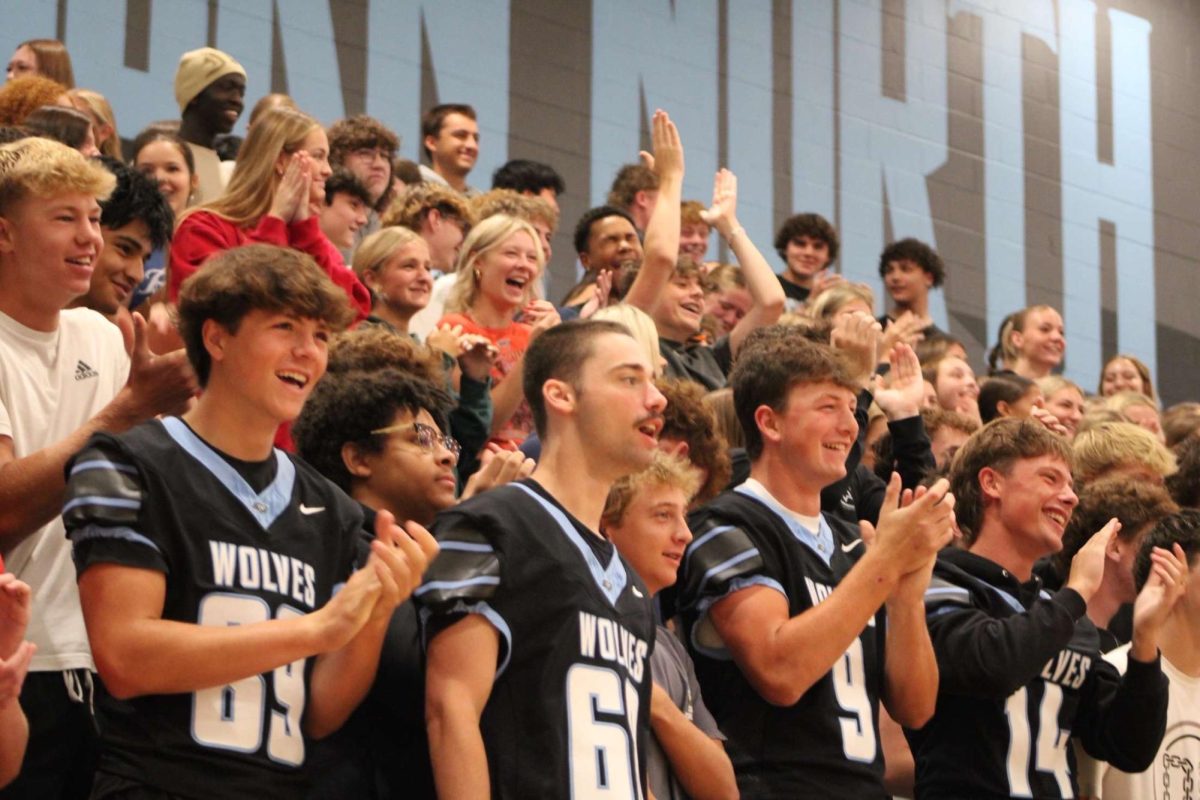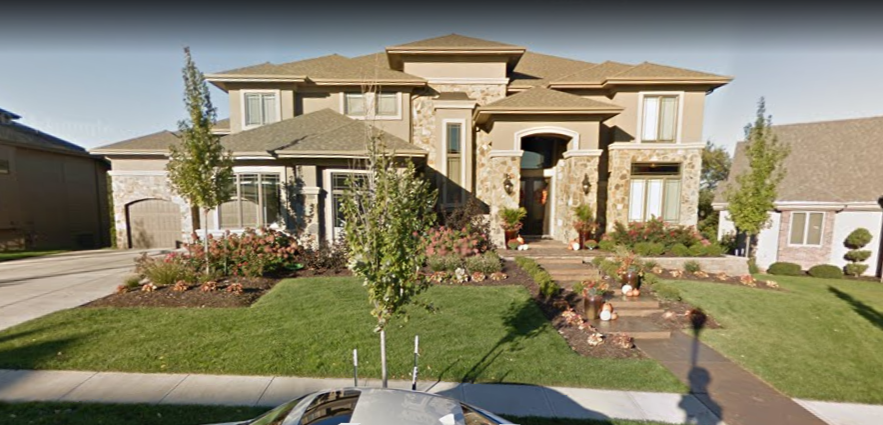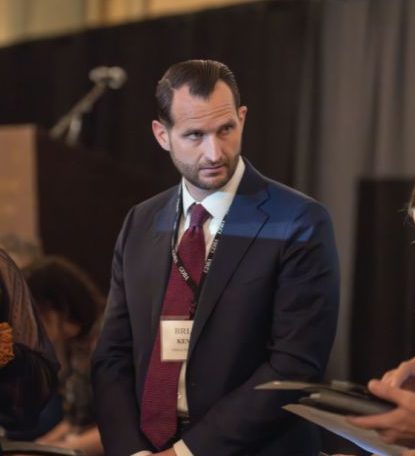
Until 2023, the role of Director of School Safety and Security did not exist in the Elkhorn Public School district. EHS alumni Brian Kempf is the first to serve in this position.
After graduating from Elkhorn High then the University of Nebraska-Lincoln, Kempf enlisted in the U.S Marine Corps. When he was released, Kempf moved to Washington DC where he worked as a police officer for the Supreme Court. He then earned his master’s degree and transitioned his career into government consulting. Kempf consulted for FEMA (Federal Emergency Management Agency), the Missile Defense Agency, and then the Department of Homeland Security. When he and his family moved back to Nebraska, he returned to the EPS district as the Director of School Safety and Security.
As someone who oversees the entire district, Kempf does not have a lot of interaction with students. So, I sat down with him for an interview, along with North Howler adviser Chloe Healy, to answer some questions that have crossed my mind a lot, especially after I published “The Domino Effect” earlier this year.
“The mission here is education,” Kempf said. “So whatever I’m doing needs to also enhance that mission of learning and not detract from that learning environment. We’re going to make our security and our safety plan fit into that mission.”
One of Kempf’s goals is for safety to be muscle memory and in turn alleviate anxiety and concerns pertaining to a possible school threat. Additionally, learning what to do when an intruder enters and how to be prepared provides students and staff with life skills they can use outside of school in other situations where a threat may be present.
“I don’t want you to have that constant fear of the what-ifs, but just knowing that okay, if something were to happen, I have the skills and abilities we’ve been training on,” Kempf said. “And I feel comfortable and confident if something were to happen.”
Practicing and perfecting lockdown drill procedures has continued to be a large priority in the district in hopes that safety decisions will be like second nature.
“If there was one button that could stop anything bad from happening, but I never showed you where that button was, it wouldn’t matter,” Kempf said. “So we want to make sure that there’s some routine capability or functionality along with an emergency functionality too.”
Despite the anxious feelings that come with these drills, the purpose of doing them is so scholars and educators will be prepared in the event their safety is compromised. However, feelings of anxiety began to arise with concerns of a law passed in Nebraska which allows educators to carry firearms in their classrooms.
“You were hired to be an educator, and that’s your field of passion,” Kempf said to adviser Chloe Healy. “It wasn’t to carry a gun at school, and we have to understand that too.”
Kempf then explained the logic behind having firearms in classrooms. The law passed in Nebraska that allows teachers to have firearms only pertains to Class 1 (Any school district that maintains only elementary grades under the direction of a single school board) and Class 2 (Any school district with territory having a population of one thousand inhabitants or less that maintains both elementary and high school grades) school districts. Schools in metropolitan areas fortunately have law enforcement nearby who can get to schools in five minutes or less; rural areas’ closest deputies are nearly 20 minutes away which is why these rural districts may find the new gun law beneficial.
To ensure EPS students are protected, Kempf has made modifications to school buildings and the lockdown protocol. In February of 2024 the Elkhorn Board of Education approved the construction of sally ports and reinforced metal doors in all Elkhorn learning centers. These were all completed by the beginning of the 2024-2025 school year. Kempf denotes these improvements as one of his biggest achievements.
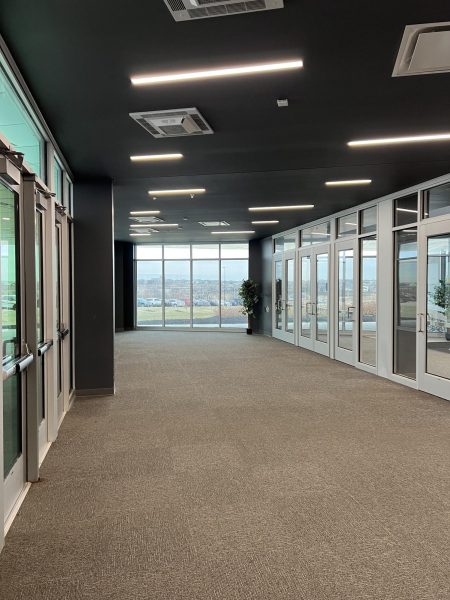
A Sally Port requires any person entering a school to come through two doors, and the first outer door must be unlocked by a worker at the front desk. The new metal doors add an additional layer of protection in front of classrooms. Both further ensure the safety and protection of students.
The new Lockdown protocol issued at the beginning of the 2024-2025 school year for teachers states, “If capable of confronting the threat, position yourself close to the entry point, but in a location that allows you to surprise the intruder without exposing yourself immediately. Be ready to act decisively if the threat breaches the door. Against the wall with the door.”
This change was to ensure staff members did not institute false practices during drills, in turn, making these bad habits muscle memory. If a teacher practices a defensive position in anticipation of the intruder entering, the hope is that if an intruder were to breach the door, they will be prepared. It again ties back to the idea of making safety muscle memory.
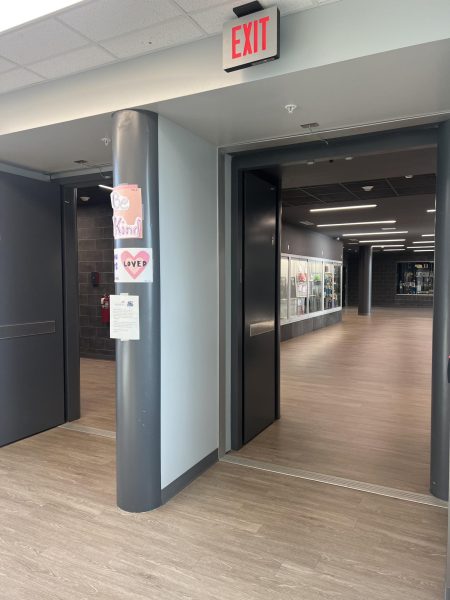
“You have to be a participant in your own survival. And if you think about it in those terms, it’s just saying ‘be prepared, do those mental reps,’” Kempf said.
It came as a surprise to many that teachers were asked so directly in this protocol to put their lives on the line in regards to student safety, however that was never the expectation; Kempf explained the expectation was for staff to be alert and ready for an intruder.
As mentioned in “The Domino Effect”, there is a correlation between those who commit crimes in schools and their poor mental health. Many people who struggle mentally may fear that they have no one to talk to, leading them to bottle up their emotions which can eventually lead to an emotional explosion.
“I read somewhere in a book, and it’s stuck with me still… people who commit these sort of violent acts, they’re monsters,” Kempf said. “But before they were a monster, they were a child in crisis. They were a person in crisis.”
In order to prevent any student from reaching such a point, Kempf and school administrators follow a practice of prevention and intervention. They try to get struggling students more involved in school and provide them with greater resources and connections to their community.
“It is not only about physical security and cameras and those sorts of things,” Kempf said. “It’s also about intervening. It’s about getting kids who might feel that violence is a solution to their problems, to anchor them in the community.”
Being a part of a community, like athletic teams, clubs, and musical groups, provides a place for someone to feel accepted; a place to belong.
“If there is a pathway to violence, then there’s a flip side,” Kempf said. “There’s a pathway to healing, a pathway to feeling better.”
The simplicity of checking up on a friend or showing kindness to an unfamiliar face can make a world of difference.
Fear or confusion regarding school safety is normal, but with a better understanding of Kempf’s and EPS’s thought process and purposeful changes, some of my anxious feelings have been alleviated and I hope yours have too.
“School is the best place for young people to be,” Kempf said. “When you get older, you realize it more and more.”



